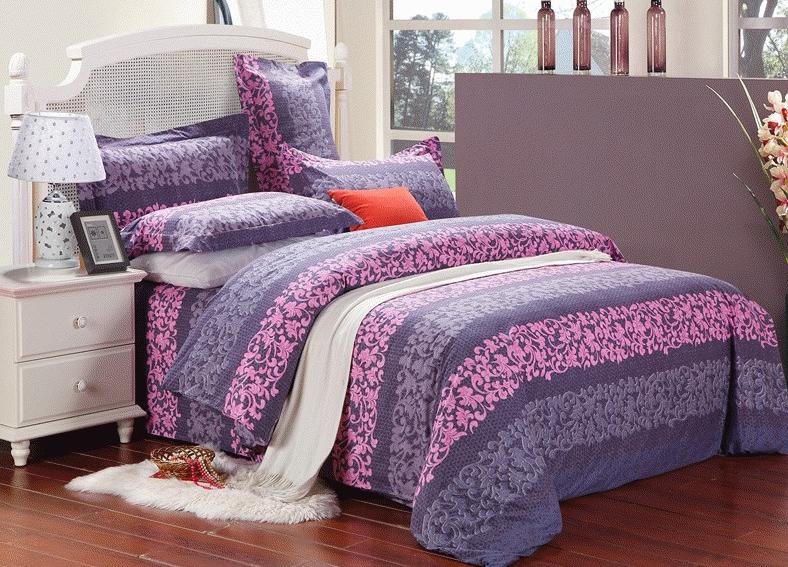Carpet Patterns: A Visual Examination of Cultural and Artistic Influences
Carpet patterns are not just functional designs, but rather reflect a rich tapestry of cultural and artistic influences. From traditional to modern, these patterns provide a visual examination of how cultures have interacted and influenced each other through the ages. In this article, we explore the cultural and artistic influences that have shaped carpet patterns, highlighting the diversity and uniqueness of each design.
Carpet patterns have long served as a reflection of cultural and artistic influences, expressing the rich diversity of civilizations through intricate designs and symbols. From traditional to modern, these patterns provide a unique perspective on the evolution of taste and style.

In the realm of traditional carpet patterns, the influence of Persia is evident in the use of bold colors and complex geometric patterns. The use of symmetrical designs and the emphasis on balance and harmony reflect the country's deep-rooted cultural values. Another notable influence is that of India, where intricate knots and patterns inspired by nature are commonly found. These patterns, often representing symbols of good luck or protection, reflect the country's rich religious and cultural traditions.
Moreover, the role of cultural exchange and influence is also evident in the development of carpet patterns. For instance, the spread of Islam across Asia and Europe brought with it a demand for specific patterns and designs that were considered auspicious or symbolic. These patterns, such as the use of Arabic calligraphy or geometric shapes, became integral to the development of carpet patterns in these regions.

In modern times, carpet patterns have continued to evolve, incorporating elements of abstraction and minimalism. These patterns, often driven by contemporary art movements, reflect a shift towards simpler, more minimalist tastes. However, traditional patterns have not been completely abandoned; rather, they have been reimagined and updated to suit modern aesthetics.
In conclusion, carpet patterns serve as a fascinating visual examination of cultural and artistic influences. From traditional to modern, these patterns provide a unique perspective on the evolution of taste and style, while also reflecting the rich diversity of civilizations. The influence of cultural exchange and influence is evident in the development of carpet patterns, highlighting the importance of cultural and artistic exchange in shaping our visual landscape.

Articles related to the knowledge points of this article:
Title: The Little Darling and the Little Bow Tie: A Tale of Charm and Chi
Feathered jackets: The original and ultimate winter wear
Title: Mastering the Art of Tie Knots: Pairing a Blue Blouse with the Perfect Necktie
Title: Mastering the Art of Wearing a Tie: A Guide to Dressing to Impress
Title: The Ingenious Invention of Ties: A Journey Through Time



